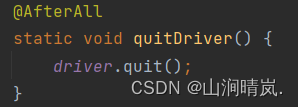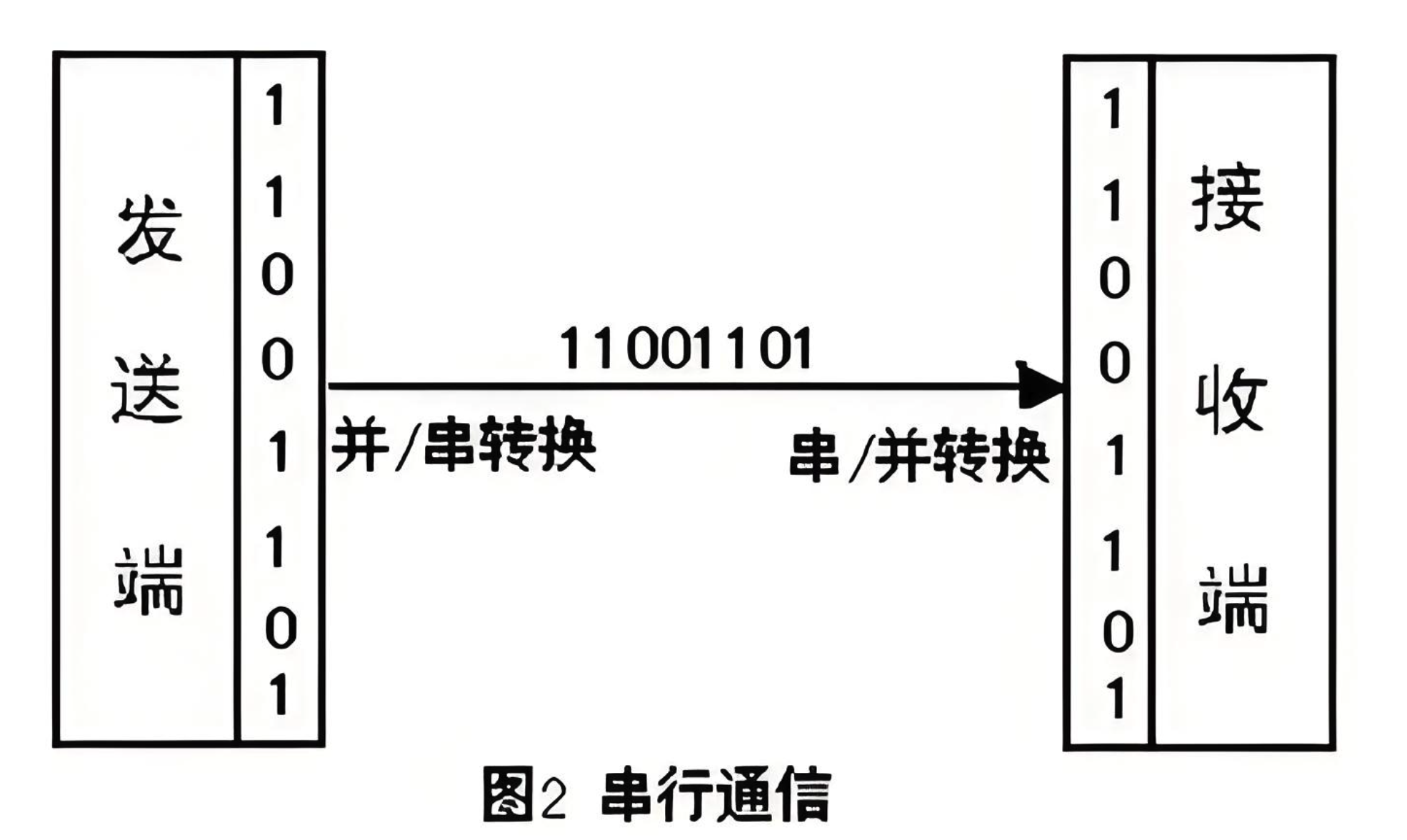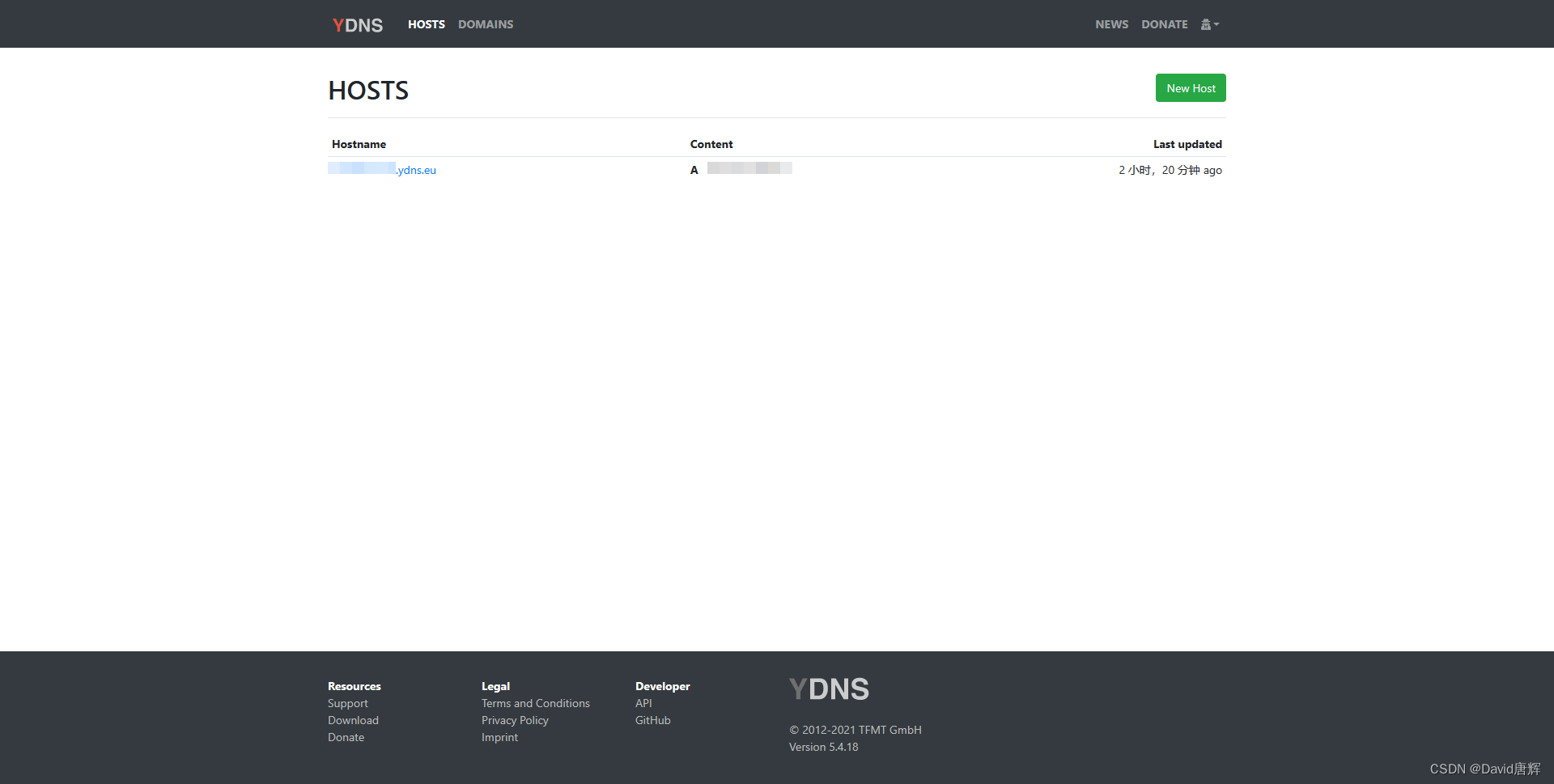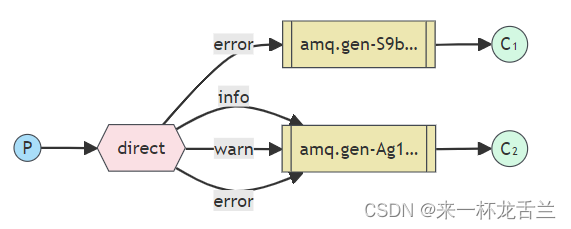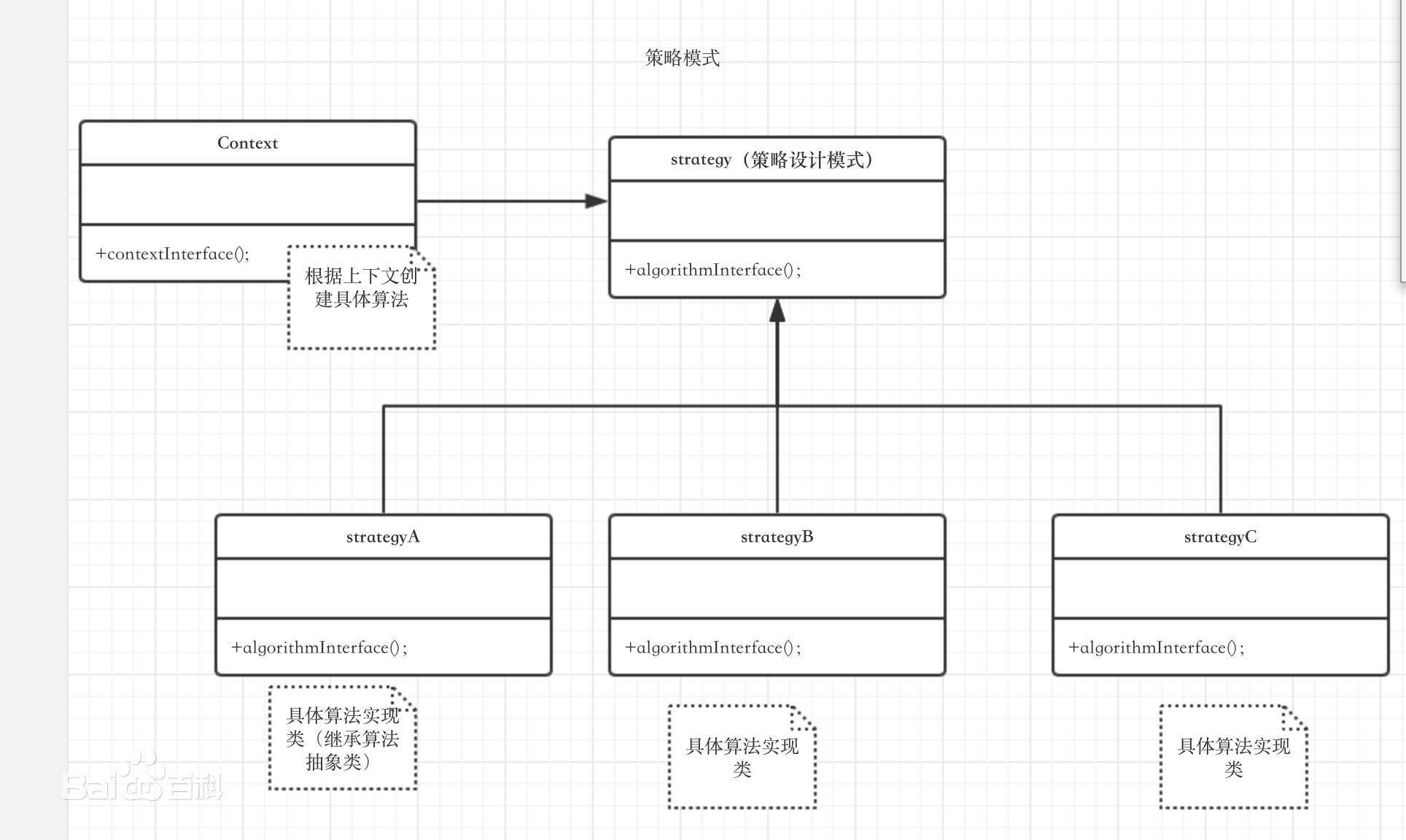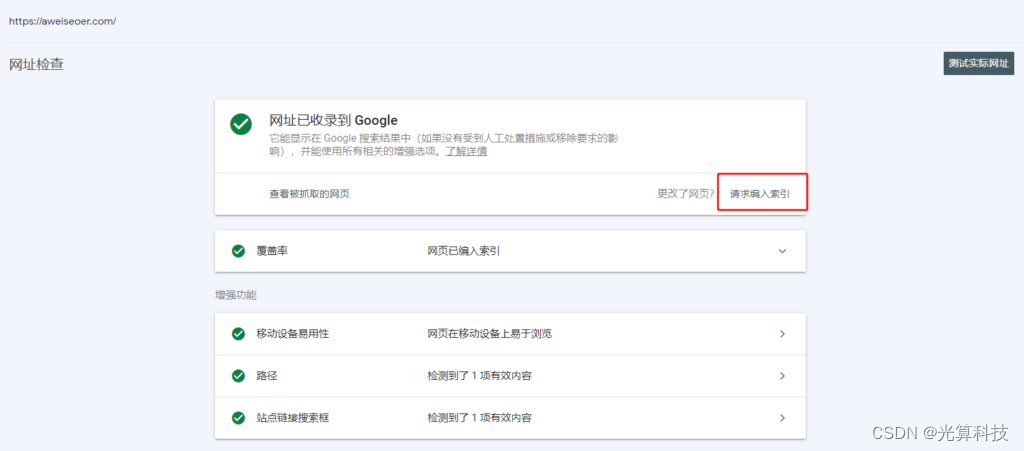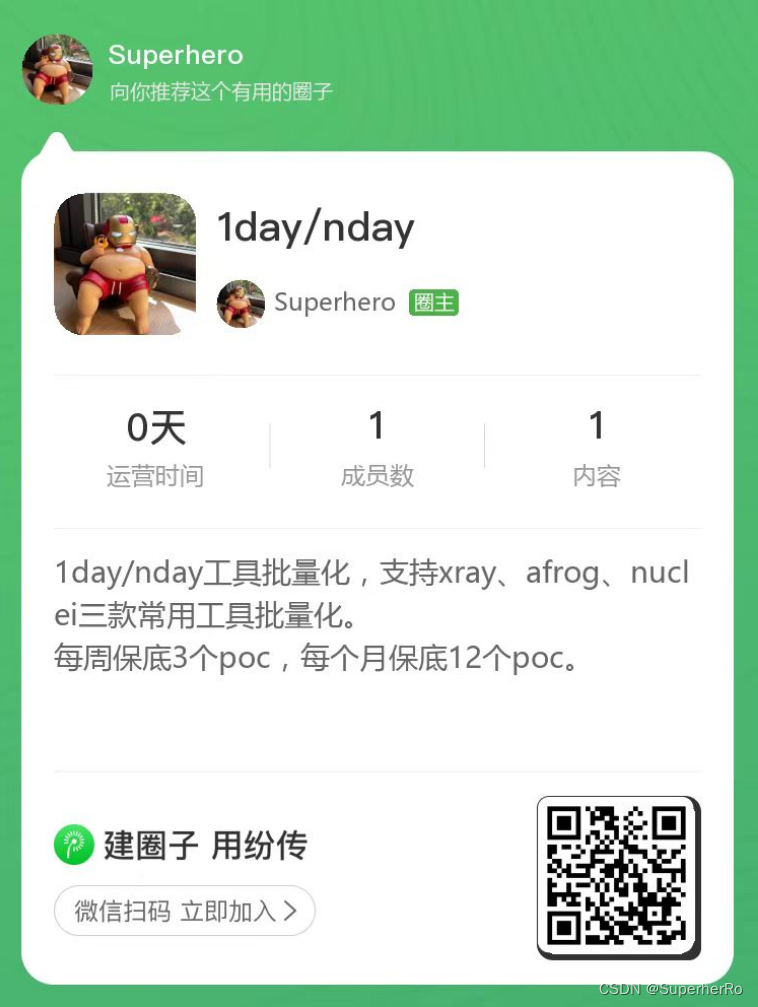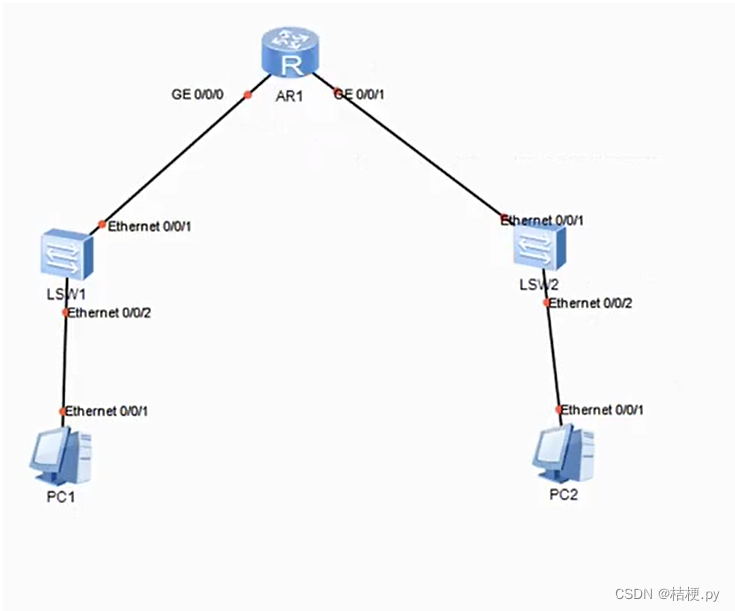灵感来自于一项重复的工作,下图中,这类禁用启用、审核通过不通过、设计成是什么状态否什么状态的场景很多。每一个都需要单独提供接口。重复工作还蛮大的。于是,基于该组件类捕获组件跳转写了这款通用接口。省时省力。
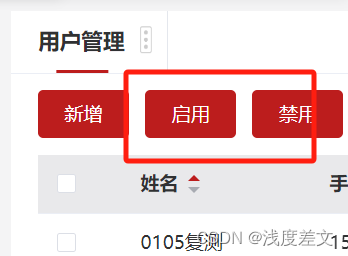
代码如下:
/*
* 文件名称: 类UnifyBatchUpdateEndpoint
* 文件描述:
* 创建人: simple_zeng
* 创建时间: 2024/6/8
*/
@RestController
public class UnifyBatchUpdateEndpoint implements InterestedClassAware {
@Autowired
private SqlScriptExecutor sqlScriptExecutor;
// 实体类名对应tableId
private static Map<String, UnifyBatch> BUCKET = new HashMap<>();
@RequestMapping("/unify/status")
public JsonResult unifyBatchUpdate(@RequestBody UnifyBatchUpdate unifyBatchUpdate) {
List<String> ids = unifyBatchUpdate.getIds();
if (ZYListUtils.isEmptyList(ids)) {
throw new LocalException("请至少选择一条数据");
}
Integer status = unifyBatchUpdate.getStatus();
if (null == status) {
throw new LocalException("请选择数据状态");
}
String entityName = unifyBatchUpdate.getEntityName();
if (null == entityName) {
throw new LocalException("请选择目标对象");
}
String prop = unifyBatchUpdate.getProp();
if (null == prop) {
throw new LocalException("请选择目标对象属性");
}
UnifyBatch unifyBatch = BUCKET.get(entityName.toLowerCase());
if (null == unifyBatch) {
throw new LocalException("不能识别的状态类型");
}
String tableName = unifyBatch.getTableName(); // 表名
String keyColumnName = unifyBatch.getKeyColumnName(); // 主键字段名
String column = unifyBatch.getColumn(prop); // 状态字段名
String idInWhere = ZYWrapperHelper.toIn(ids); // id条件
String sqlTemplate = "update %s set %s=%s where %s in %s"; // update sys_user set is_using=1 where id in ('1')
String sql = String.format(sqlTemplate, tableName, column, status, keyColumnName, idInWhere);
sqlScriptExecutor.executeUpdateScript(sql);
return JsonResult.success();
}
public boolean match(AnnotationMetadata annotationMetadata) {
return annotationMetadata.hasAnnotation(TableName.class.getName());
}
@Override
public void setClasses(Set<Class<?>> classes) {
for (Class<?> aClass : classes) {
TableName tableName = aClass.getAnnotation(TableName.class);
if (null == tableName) {
continue;
}
String simpleName = aClass.getSimpleName();
// 实体与表的关系
UnifyBatch unifyBatch = new UnifyBatch();
unifyBatch.setTableName(tableName.value());
Field[] fields = ZYReflectUtils.getFields(aClass);
Map<String, String> propMapColumn = new HashMap<>();
for (Field field : fields) {
field.setAccessible(true);
Class<?> type = field.getType();
// 主键
TableId tableId = field.getAnnotation(TableId.class);
if (null != tableId) {
unifyBatch.setKeyColumnName(tableId.value());
}
// 只处理int类型的状态值修改
if (!Integer.class.isAssignableFrom(type)) {
continue;
}
// 字段
TableField tableField = field.getAnnotation(TableField.class);
if (null != tableField) {
propMapColumn.put(field.getName().toLowerCase(), tableField.value());
}
}
unifyBatch.setPropMapColumn(propMapColumn);
if (!unifyBatch.empty()) {
BUCKET.put(simpleName.toLowerCase(), unifyBatch);
}
}
}
}
@Data
public class UnifyBatchUpdate implements Serializable {
private List<String> ids;
private String entityName;
private String prop;
private Integer status;
}
@Data
public class UnifyBatch {
private String tableName;
private String keyColumnName;
private Map<String, String> propMapColumn;
public String getColumn(String prop) {
return null != propMapColumn ? propMapColumn.get(prop.toLowerCase()) : null;
}
public boolean empty() {
if (ZYStrUtils.isNull(tableName)) {
return true;
}
if (ZYStrUtils.isNull(keyColumnName)) {
return true;
}
if (null == propMapColumn || propMapColumn.isEmpty()) {
return true;
}
return false;
}
}
调用示例,后端不用写任何代码,只需要告诉前端调哪个实体类和某个属性即可。岂不美哉。
POST http://localhost:{{port}}/unify/status
Content-Type: application/json
Authorization: {{auth_token}}
u-login-areaId: {{areaId}}
{
"entityName": "User",
"prop": "isUsing",
"status": 1,
"ids": [
"1",
"1790218983664807938",
"1790219261998821377"
]
}


